Sustainable Craftsmanship: Jack Decker and Vernacular Design

co-founder
Craftsmanship is more than a skill; it's an art form, especially when it's deeply rooted in sustainability and tradition. In the heart of the Hudson Valley, Jack Decker of Vernacular Design embodies this ethos.
We first worked with Jack ten years ago when he designed and crafted custom molding and fixtures for my wife’s shop. It was clear from the moment he started talking that we were working with a unique talent. His eye for details and design approach is second to none, and Vernacular Design is, now more than ever, a sought after team for some of the most beautiful home renovations in the Hudson Valley.
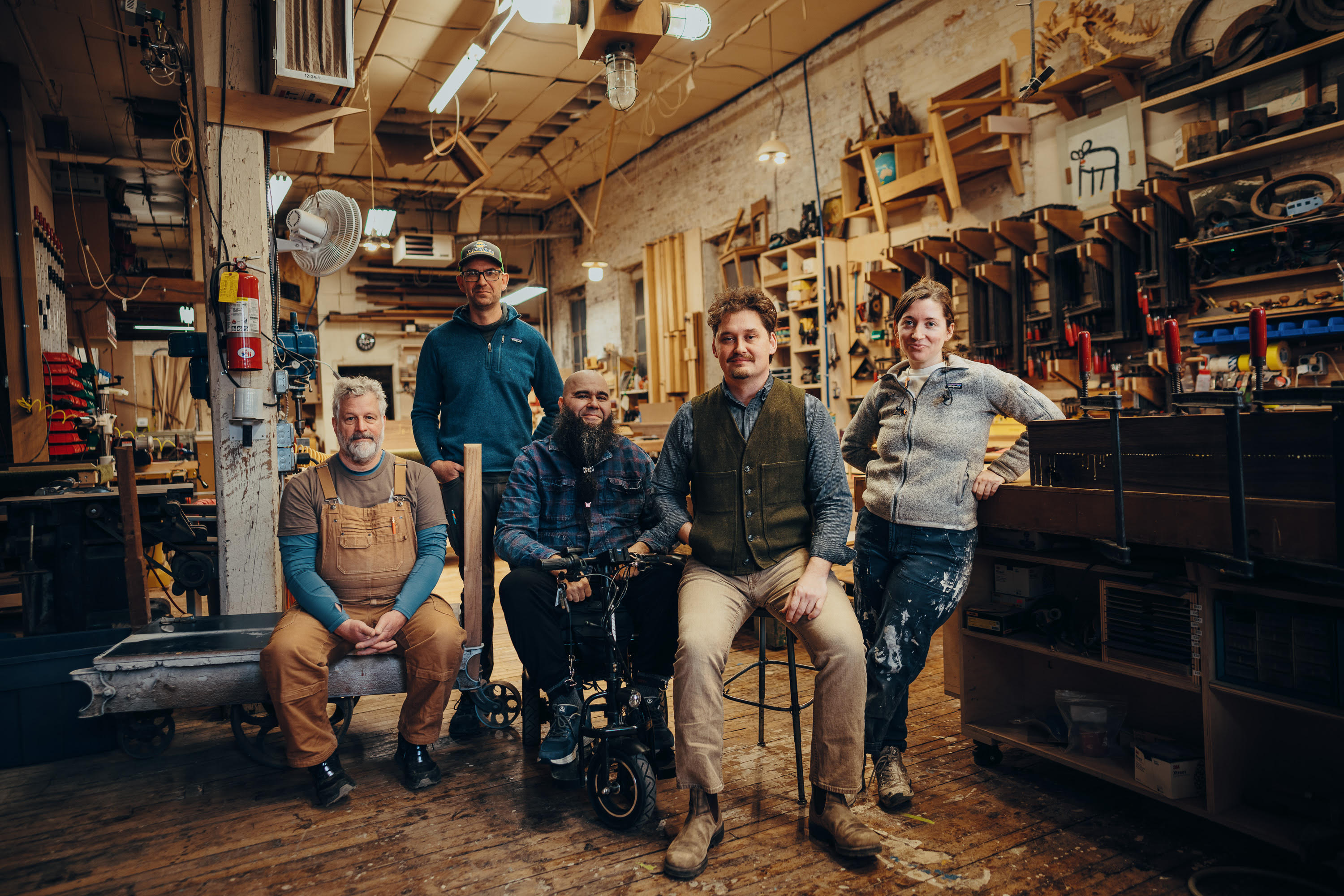
For those unfamiliar with Vernacular Design, their mission is grounded in the principles of excellent design, craftsmanship, and top-quality materials. They believe in creating pieces that not only look beautiful but also “live well” in their space. Their commitment to sustainability is evident in every piece they craft, ensuring that designs not only serve their functional purpose but also contribute to a healthier, more sustainable environment.
We sat down with Jack recently to pick his brain on his work, the ideal customer, and to chat about sustainability and his design philosophy.
Ecohome: You mentioned on your site that your design is inspired by simple, well-executed designs. Can you elaborate on what that means to you?
Jack: I was drawn to clean minimalism when I was younger. I found cabinet making and woodworking was an artistic expression of that. At its finest, it’s a complete thought in regard to the whole operation of a house. Coming up with a simple solution is best, but simple is very hard to achieve. It takes a lot of work to get there and you have to practice that kind of work every day.
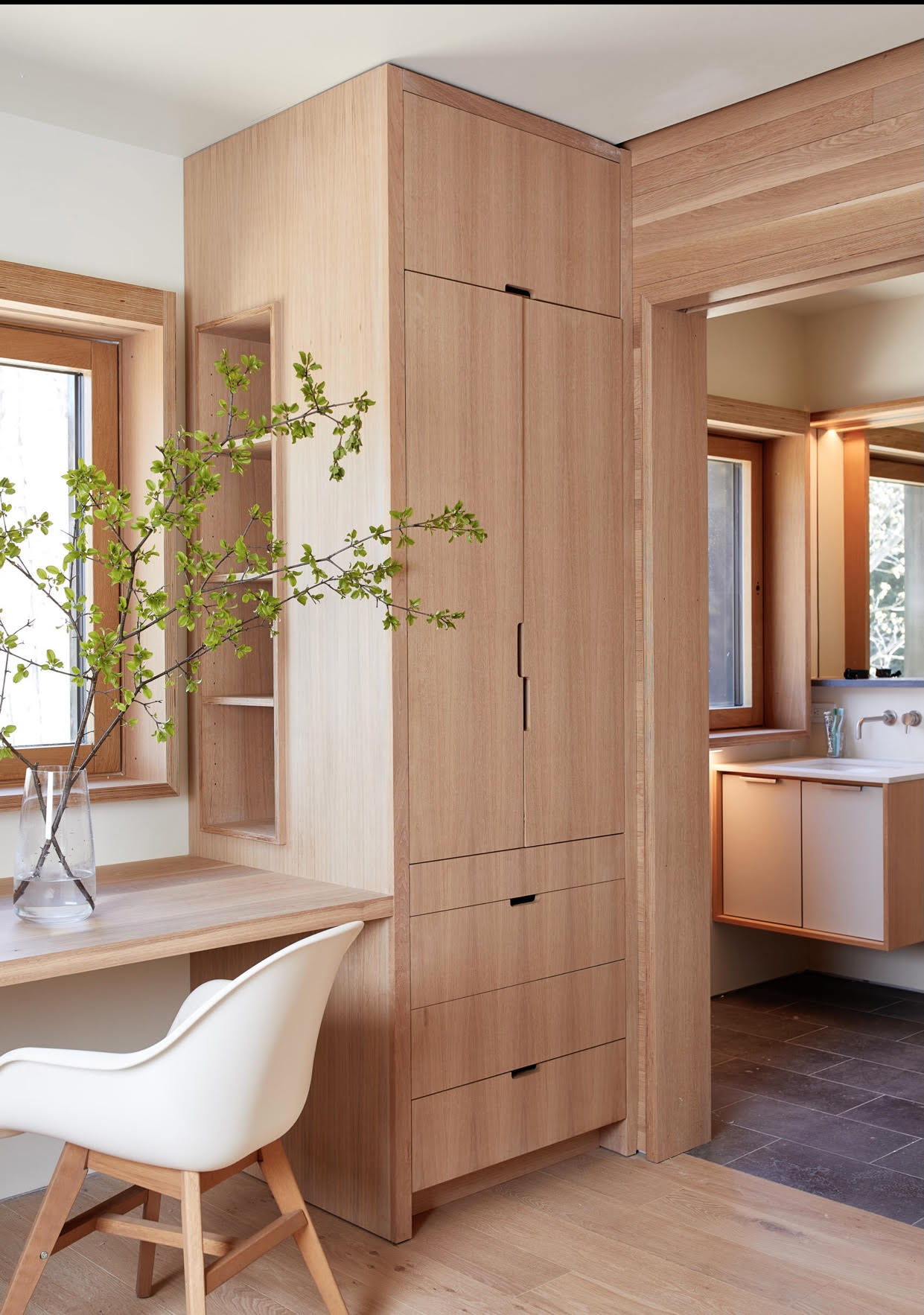
Ecohome: What’s the typical process look like?
Jack: Lots of times an architect will have a drawing and will specify what the materials are for a project. We’ll do shop drawings that then get approved and we’ll do some rendering work so that we can convey in as much detail as possible. When that’s done, we build it all in the shop, and then one day it shows up and we put it in.
Ecohome: What makes the best customer for you?
Jack: I like to work with people who are detail oriented and have a very specific vision in mind or a very specific function for the piece of furniture / millwork / cabinet or desk we’re building. When there’s something we can make for them that they can’t get anywhere else, I love that. Our typical customer wants something that you can’t go out and buy. They want something that’s the nicest it can be. When there’s a vision, we can find out what the problem is they’re trying to solve and then go solve. That’s the part I like best about it.
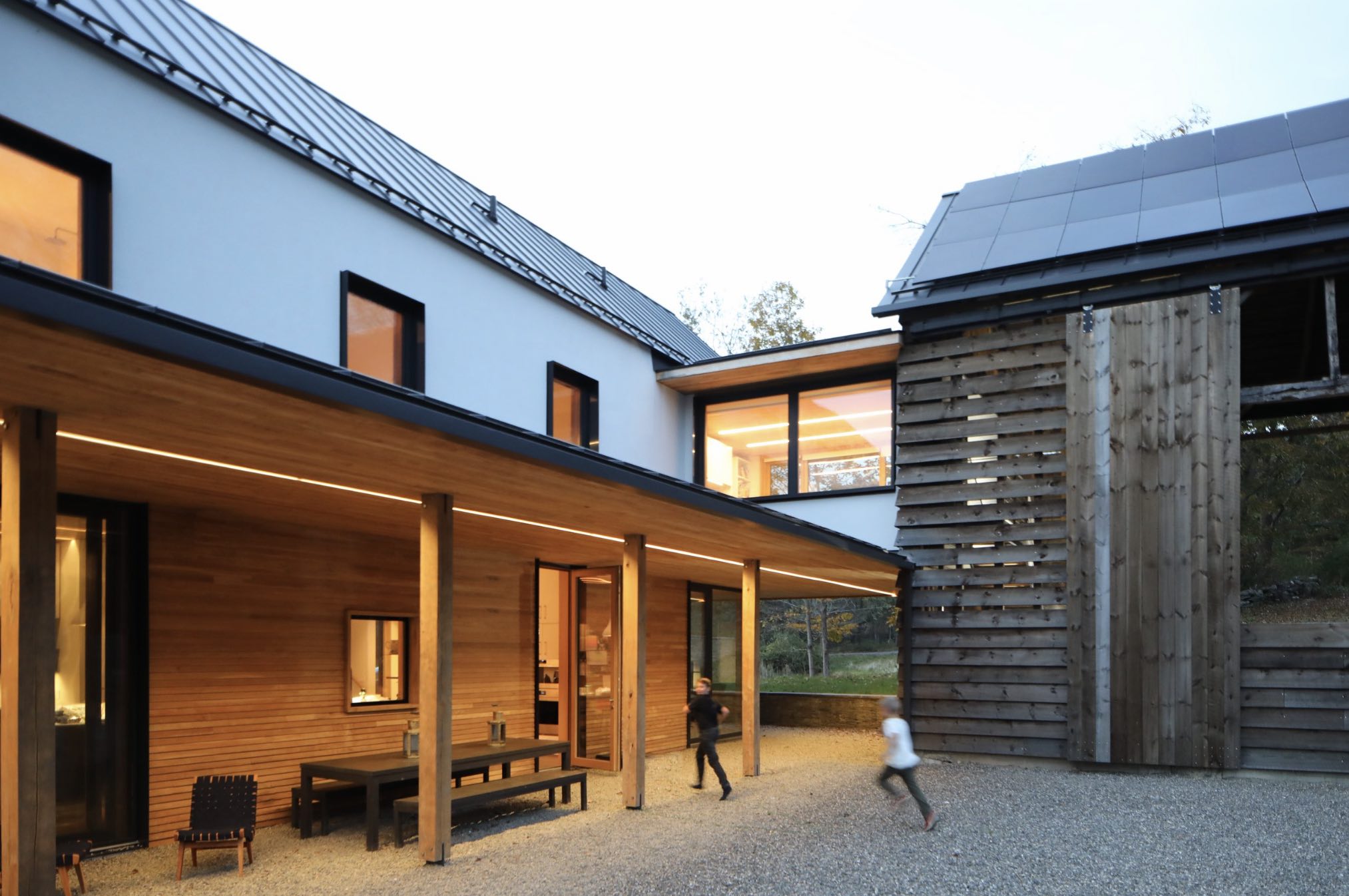
Ecohome: With sustainability, what should people be thinking about when it comes to custom cabinets and millwork?
Jack: They should be thinking about the regionality of the wood that they’re using and should try to use wood that's local. Use sustainably sourced materials and think about things like zero-VOC finishes.
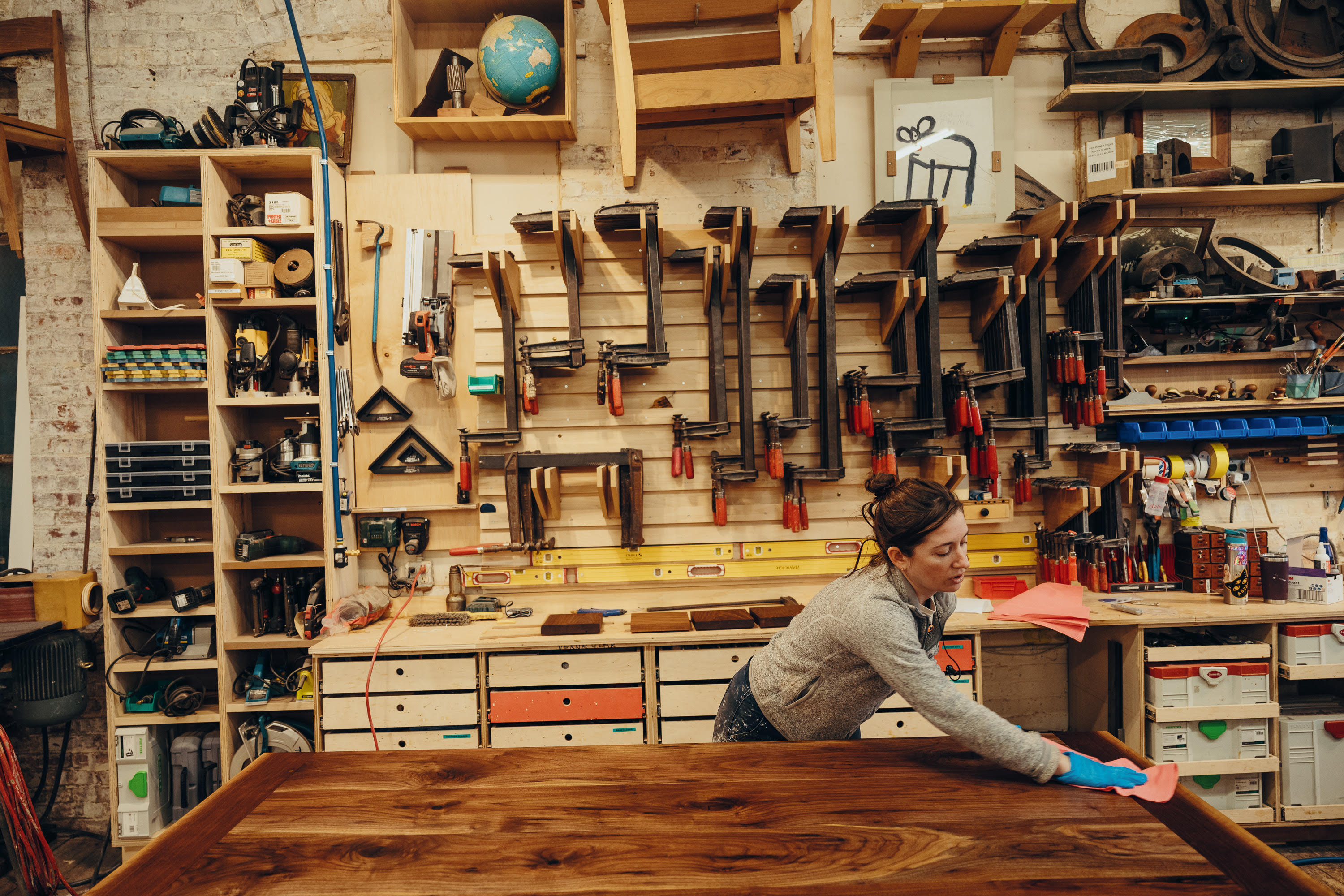
You should also be working with somebody that’s gonna help you source materials that are local. Ask the people who you’re working with what they’re using and where it comes from. And you shouldn’t be afraid to do that. You may pay more for it, because it does take time, but for a house to get LEED certified you need that information.
I think if you can spend twice as much on something that’s gonna last five times as long or even indefinitely, that’s the best use of economic and environmental resources. Don’t buy something disposable.
Ecohome: Thinking about that in general, how should people go about finding somebody to help them build something that’s got longevity, apart from Ecohome of course?
Jack: Google is obviously a good resource in general. Community is good too. Word of mouth is so strong, but you have to know somebody so it’s not always easy. You can search the internet for woodworkers and craftspeople, but if you can, ask somebody you trust who they’ve used. You want to find somebody that’s going to really care about your project.
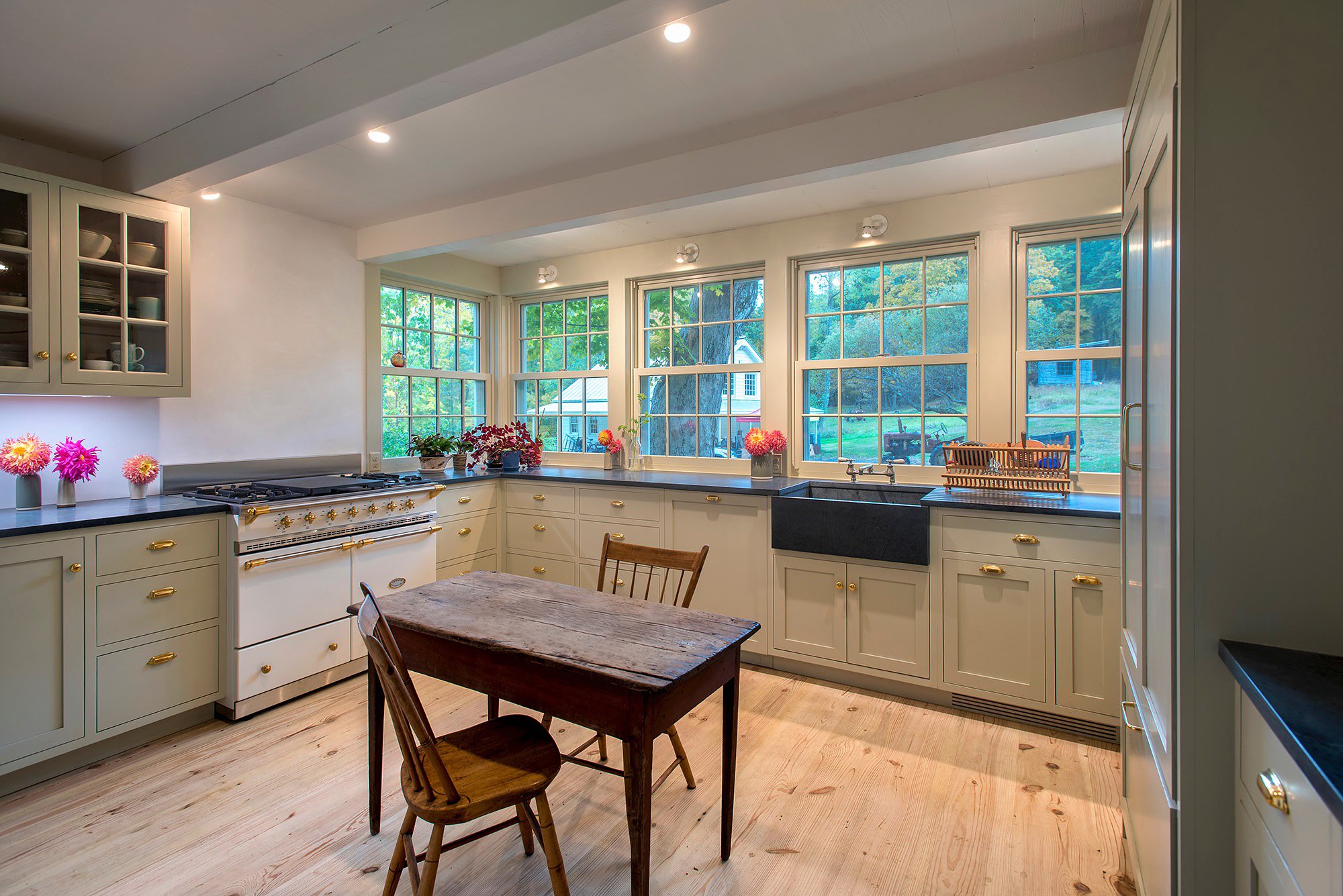 Ecohome: If you’re giving somebody advice who wants to renovate a home, especially one that’s an older home, how do you think about renovating that which respects the history of the house but is still using modern techniques?
Ecohome: If you’re giving somebody advice who wants to renovate a home, especially one that’s an older home, how do you think about renovating that which respects the history of the house but is still using modern techniques?
Jack: It sometimes takes a high degree of mechanical creativity, depending on the house, but it’s possible and should be strived for. There are a lot of ways to weave in modern techniques in a sensitive way. What I think is most important is that you need to maintain the original spirit and intent of a structure that’s alive. You are a part of its history. Make choices that feel good to you and that will help inform you on a gut level what feels right moving forward.
Ecohome: Are there any projects that you’re most proud of and are significant?
Jack: There’s a project we did up in Rhinebeck where we did a whole house of millwork that is hyper minimal with matched veneer. It’s a custom home and it’s beautiful.
I also did a restoration project in Stone Ridge a few years ago that I’m really proud of. It came out really nice. We maintained the spirit of the structure.
See more of Jack's work on his site!
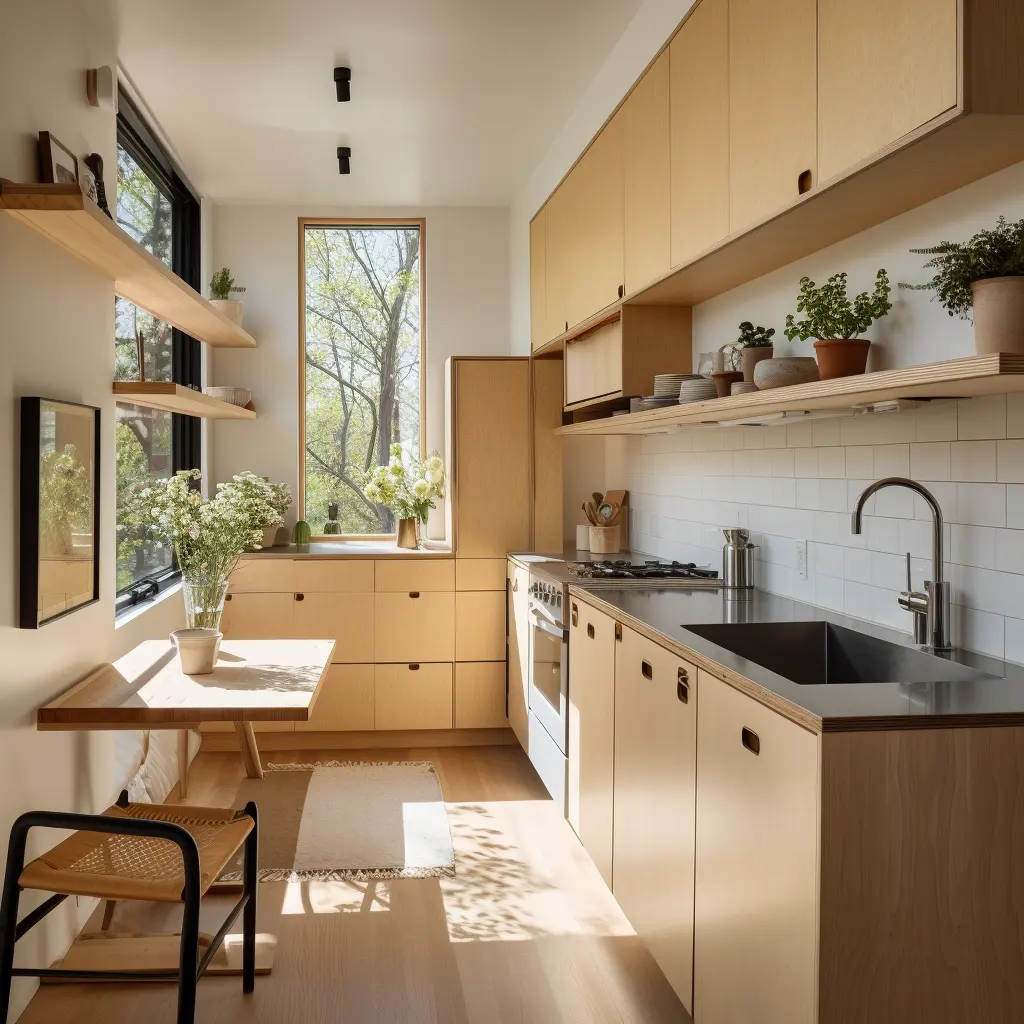
Renovate with EcoHome
EcoHome empowers homeowners to confidently build healthy and comfortable homes for a fair price.
Sign UpLocations View All →
NY
- Albany
- Binghamton
- Buffalo
- Esopus
- Freeport
- Hempstead
- Highland
- Kingston
- Long Beach
- Marlboro
- Mount Vernon
- New Paltz
- New Rochelle
- New York City
- Niagara Falls
- North Tonawanda
- Olivebridge
- Plattekill
- Rochester
- Rome
- Saugerties
- Schenectady
- Shandaken
- Syracuse
- Troy
- Utica
- Valley Stream
- Wallkill
- Woodstock
- Yonkers
NJ
- Bayonne
- Brick
- Camden
- Cherry Hill
- Clifton
- East Orange
- Edison
- Elizabeth
- Jersey City
- Lakewood
- Middletown
- Newark
- Old Bridge
- Passaic
- Paterson
- Toms River
- Trenton
- Union City
- Woodbridge
CT
PA
- Allentown
- Altoona
- Bethel Park
- Bethlehem
- Chester
- Easton
- Harrisburg
- Hazleton
- Lancaster
- Lebanon
- Monroeville
- Philadelphia
- Pittsburgh
- Reading
- Scranton
- Wayne
- Wilkes Barre
MD
- Abingdon
- Baltimore
- Bethesda
- Bowie
- Columbia
- Dundalk
- Ellicott City
- Frederick
- Gaithersburg
- Germantown
- Glen Burnie
- Potomac
- Rockville
- Severn
- Silver Spring
- Towson
- Waldorf



